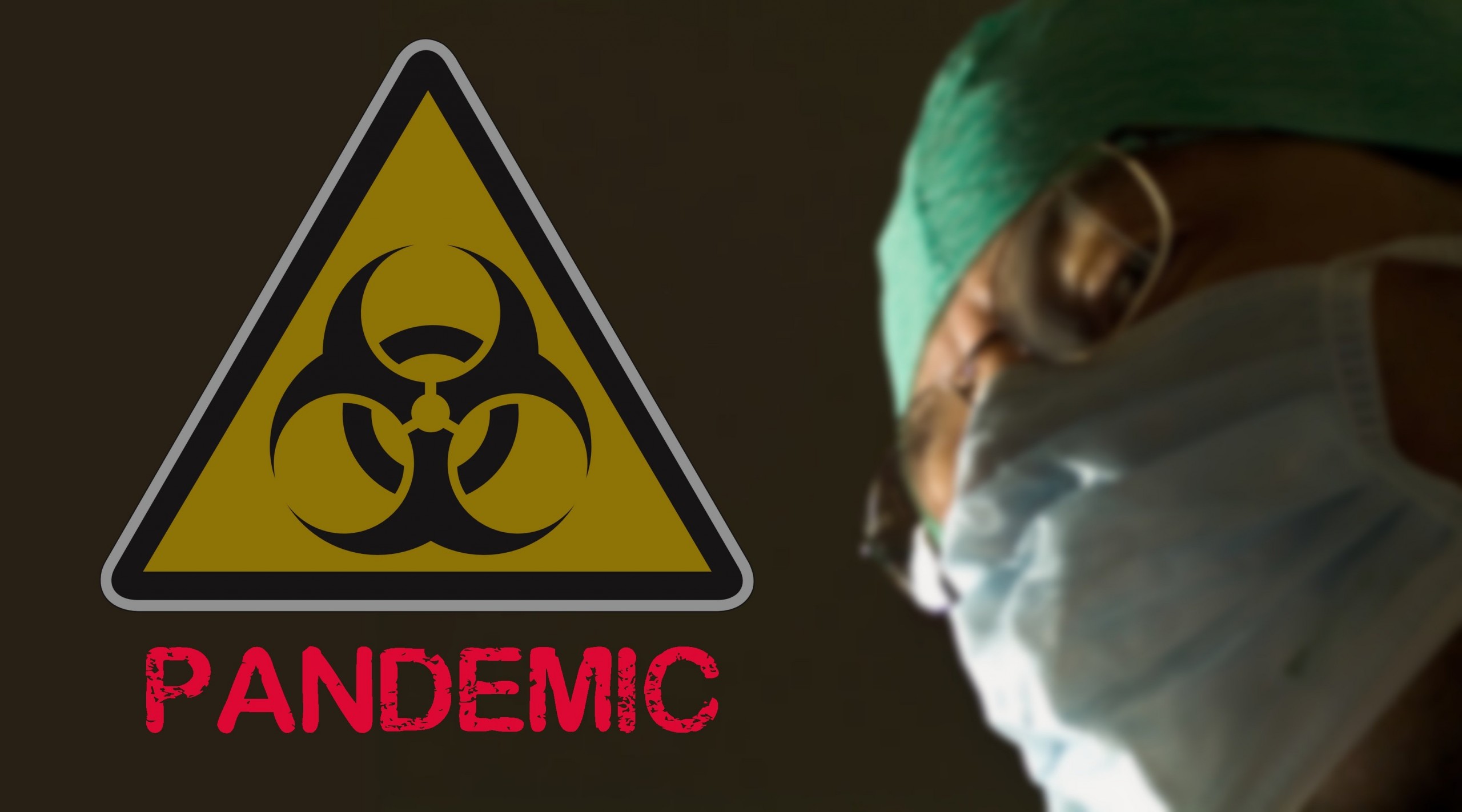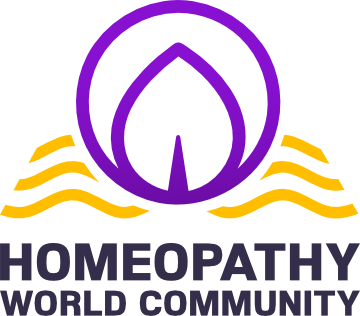
The long standing value of Homeopathy in Epidemics
The efficacy of homeopathy is often questioned and subjected to doubt, due to its yet unknown and unproven action mechanism. Yet, history has provided definitive proof of homeopathys effectiveness, aside of the many individually and successfully treated case-histories. Pandemics and epidemics, situations bearing a great health risk to vast numbers of people, in fact populations, have been exemplary phases of great homeopathic treatment achievement.
While the homeopathic treatment approach to such outbreaks falls somewhat short of the absolute compliance with common homeopathic prescribing methodology and its underlying philosophy, it is nonetheless the most efficient form of therapeutic intervention with regard to the historic presentation of such mass illness.
Hahnemann, the founder of classical homeopathic medicine, has always stressed in his writings that the homeopathic approach to healing is one of highest individuality and holism. He stresses this in particular in aphorism 82 of the Organon where he states that: “It remains, for literacy of the indication of each disease (psoric) to be healed, for the homeopathic doctor an indispensable duty to accurately record the plumbable symptoms and idiosyncrasies… …there cannot be a true healing of this or all other diseases, without strict individualization of each case of illness” [1].
Yet, it is exactly this premise that is failed in the homeopathic treatment of masses of people. In the case of epidemics, or pandemics that have an even wider geographical spread than epidemics and commonly inflict a larger number of people with an infectitious disease [2], it is hardly feasible to employ the above mentioned standardized treatment methodology that customarily requires a thorough case-taking, and taking note of the idiosyncrasies of every individual patient infested.
In such cases the homeopathic approach offers a treatment procedure that adopts a prescription practice channelling that of allopathic drug administration, namely one of prophylactic prescribing. This form of prescription requires the administration of a drug, or as in the case of homeopathy, a remedy, in the absence of a disease symptomatology in a patient, that is, ahead of the individual having fallen ill. The aim of such prophylaxis is the avoidance of a potential future infliction with a disease [3]. This form of selecting and administering a remedy furthermore requires giving numerous individuals the same remedy prescription without taking their individuality into account. This procedure though, falls short of compliance with said principal homeopathic dicta, of prescribing according to the individual symptom expressions of the disease in the sick individual.
It is in aphorisms 101 of the Organon that Hahnemann provides a justification for this approach in the event of an epidemic, and describes the remedy to be administered in such an outbreak, the ‘genus epidemicus’, as follows: “…Each of such Collective-diseases exhibits only upon closer observation of multiple cases the epitome of its symptoms and signs…the diligently exploring practitioner can even find the true state and the characteristic picture from the first or second patient…and can then already find a matching homeopathically adequate curative…” [1].
In Aphorism 102, Hahnemann stresses this further: “…the outlined disease picture becomes increasingly complete…it becomes more characteristic and encompasses the peculiarities of this Collective-disease…the subsequent cases will confirm the accuracy of the selected remedy or will point [him] to a even better matching homeopathic remedy, the simillimum…” [1]. He continues in this aphorism to specify why this method is most plausible, and describes the nature of disease in epidemics: “…All who contracted this pestilence have the same disease that came from one and the same source, the entire extent of such an epidemic disease and the totality of its symptoms belong to its cognition… it cannot be perceived just from one sick individual, only from the suffering of multiple ill, of differing physical appearance, can it [symptom complex] fully be abstracted and extracted…” [1].
The ‘genus epidemicus’, is the one remedy that matches best the collective symptoms of many. It is extrapolated from the case-taking of a number of persons inflicted with the disease of an epidemic. The symptomatology of these patients taken collectively, and viewed as if expressed by just one patient, is then found to be the curative for all that have the epidemic illness [4]. If this one remedy is found, it can be prescribed to all, generally, as opposed to individually, that is to just one patient, and can be administered, prophylactically, to those that are not carrying the disease, but may potentially contract it.
It is homeopathys medicinal proficiency that has, many times, provided recovery to those inflicted with a pandemic or epidemic disease, in history and up until today. The most recent documentation of the successful application of homeopathy in an epidemic is a study that was undertaken in 2007 in Cuba, where patients were treated homeopathically during the annual outbreak of leptospirosis. Homeopathic treatment resulted in a dramatic reduction of infections in the high risk population [5]. It can therefore safely be asserted that homeopathy is an efficacious treatment approach when used for the treatment of many, where many carry the same contagious disease and a generalized homeopathic prescription is provided.
References:
[1] Hahnemann, S. Organon der Heilkunst (2.Auflage). Heidelberg: Karl.F.Haug Verlag; 1974.
[2] Navab, I. (2013) Lives saved by homeopathy in epidemics and pandemics available at: https://drnancymalik.wordpress.com/2013/01/23/epidemics-and-pandemics/
[3] Macmillan dictionary [Internet]. 2013. Prophylaxis; [cited 2013 March 23]. Available from: http://www.macmillandictionary.com/dictionary/british/prophylaxis
[4] van der Zee, H. (2009) The future of homeopathy , homeopathy for Epidemics, collective trauma and endemic diseases [online] available at: http://www.interhomeopathy.org/fr-the-future-of-homeopathy–homeopathy-for-epidemics-collective-trauma-and-endemic-diseases
[5] Bracho G, Varela E, Fernández R, Ordaz B, Marzoa N, Menéndez J et al. Large-scale application of highly-diluted bacteria for Leptospirosis epidemic control. Homeopathy 2010; 99(3), 156-166. doi:10.1016/j.homp.2010.05.009


